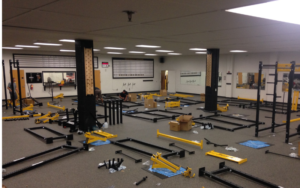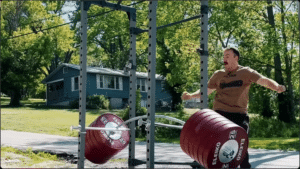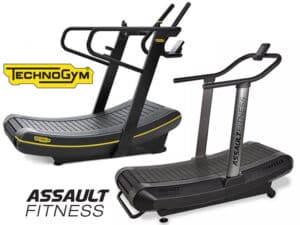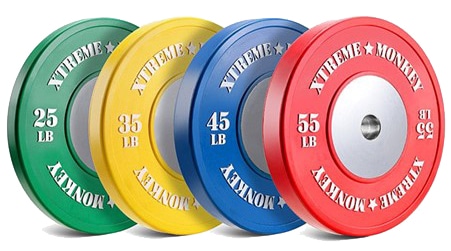CE CERTIFICATION FOR GYM EQUIPMENT
9/10 people do not fully understand CE certification and their obligations.
Does My Product Need CE?
Here is a simple way of looking at it.
Can your product (including packaging) harm people, animals, property or the environment?
Almost every product in the world can answer yes to at least one of these.
You then have to view these factors inside the scope of the products intended use and the environment it will be placed.

Here are the main standards that apply to gym equipment.
GPSD – General Product Safety Directive – Can it squash me, collapse, trap me, cut me, strangle me and so on?
LVD – Low Voltage Directive – Can it electrocute me or set on fire?
EMC – Electro Magnetic Compatibility – Will its electromagnetic field disturb other products (make your TV flicker)?
ERP – Energy Related Products – Is it energy efficient?
RoHS – Restriction of Hazardous Substances – Are there any restricted substances in the product?
WEEE – Waste from Electrical and Electronic Equipment – When you’re done with your electrical equipment, can it be disposed of safely and environmentally?
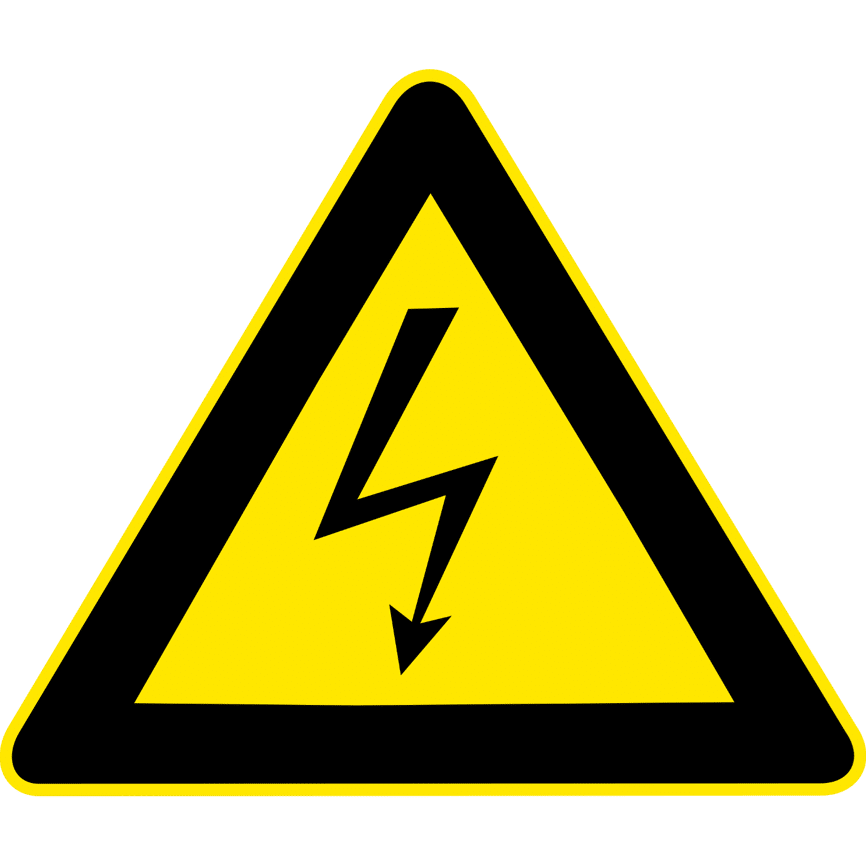


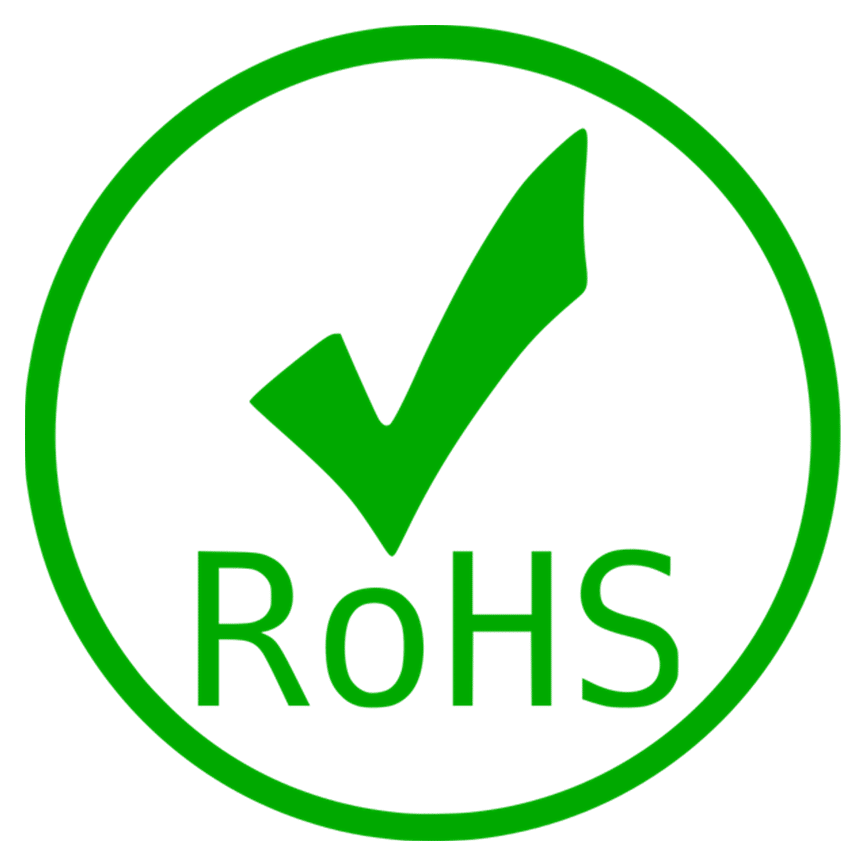
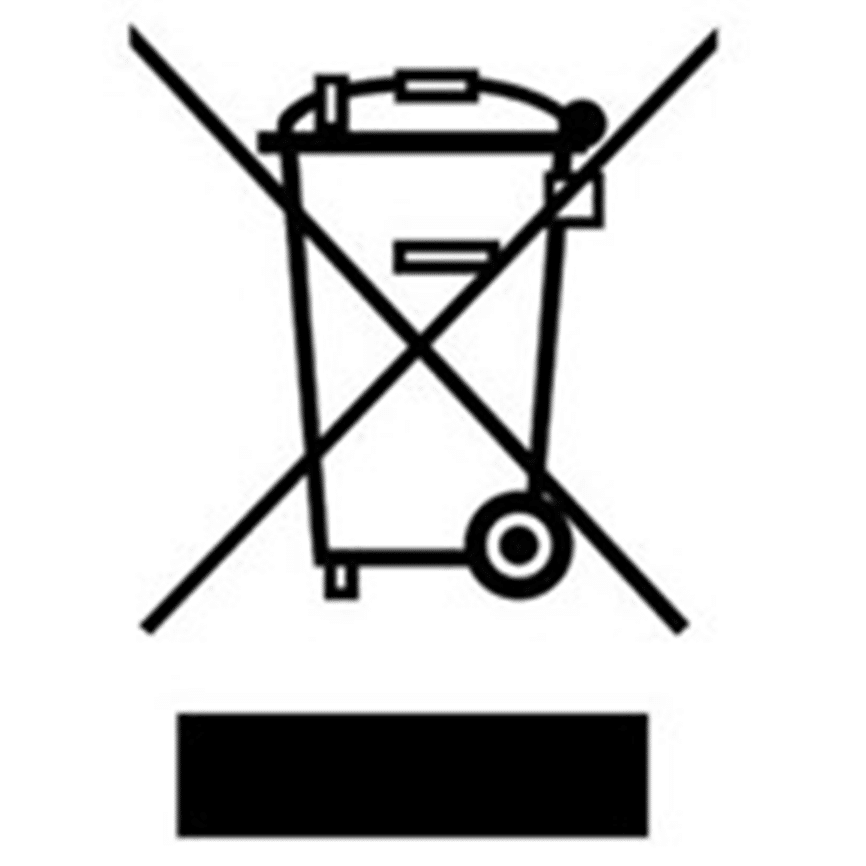
GPSD – One of the two most important safety certificates required.
The GPSD covers a broad range of gym equipment but also has specific directives for strength training equipment, Benches, Bikes, Treadmills, Rowing Machines, and Cross Trainers (Elliptical).
Example – Does your treadmill have an emergency stop? Warning labels? Can the safety bars hold 50% more than the stated max user weight? These are a few of the factors the test looks at to ensure the product is safe to use.
LVD – LVD covers electrical safety. It usually but not exclusively applies to products that require connection to an outlet.
Example – Treadmills are used by sweaty people drinking and spilling fluids, can these fluids make their way to the electrics inside and electrocute the user? Are all the internal connections correctly connected and insulated from the user or can something pop loose and connect with a metal outer frame?
EMC – Less important but likely the certificate most used, this is because a manufacturer can get it for very cheap and then they can say the product is CE certified. This is true but CE certification does not mean the product conforms.
Example – When a stair machine is being used in the gym, does it create an electromagnetic field that disturbs the function of the treadmill screen next to it?
ERP – When you buy a washing machine and it has that sticker on it showing how energy efficient it is, that is ERP.
Example – When the stair climber is on standby, which it will be for most of the time because gym users hate it and never use it, does it draw too much power?
RoHS – Is the product free from hazardous materials and chemicals such as lead, mercury, cadmium, hexavalent chromium, PBB and PBDE.
Example – Mercury is a great conductor making it ideal for use in some electric components.
WEEE – Technology is developing so fast now that electronic waste is a big problem, so the WEEE directive was created to combat this growing issue.
Example – You bought a Fitbit, then you upgraded the Apple Watch, then you upgraded to the new Apple Watch. Your Fitbit was given to a friend who never used it and threw it away.
Who is Responsible for Ensuring Conformity?
The person who is the named importer is responsible for ensuring the product is up to standard. If you are a gym chain and your products will be used by your members, the person named on the import is responsible, not the company. If something goes wrong, the importer is legally culpable. That’s not to say the company won’t be in trouble if someone gets blown up in their gym.
If you are a retailer, selling to customers, again, the person importing is responsible.

How to get Your Products CE Certified
Decide which CE marking Directives apply to your product
Here you can find a summary of each of the principle European Directives and Regulations with links to the full text of the directives themselves as well as sources of further information relating to the directives. The directive will define which products need Notified body involvement.
Under the New Legislative Framework the revised directives are now in force. The UK government has an obligation to enact these directives into UK law however this process was delayed but is currently on-going.
Guidance from The Department for Business, Innovation and Skills (BIS) advises that economic operators should comply with the requirements of the new directives from 20th April 2016 and products placed on the market after this date should be compliant with, and consequently have a declaration of conformity against, the new Directives.
Search for appropriate standards
You must identify which standards apply to your product. The safety requirements relate to the design of the product and can be demonstrated by meeting the requirements of the relevant harmonised standards.
There are a number of on-line resources where you can purchase the relevant standards, the cheapest place we have found to purchase these standards is on the EVS.EE website
Check your equipment/product complies with the standards
Once you have identified the relevant standards you will need to create checklists and apply them to your product. This will require carrying out assessments and where necessary commissioning external testing.
Rectify any areas of non-compliance
This may involve:
- Redesigning your product
- Adding protective measures and equipment
- Changing marking and instruction manuals
Affix the CE logo to the product
In order to affix the CE logo you must be confident that you have completed the process accurately and effectively because it is illegal to apply the mark to a non-compliant product.
Prepare a Declaration of Conformity
The Declaration of Conformity is a legal Document which must be applied to all CE Marked products sold in the European Union. It is a one page certificate which you must complete that guarantees your product meets the requirements of the directives.
Someone within your company must take responsibility for this document and sign it.
Often customers contact us to ask for a Declaration of Conformity without realising they must first complete the previous steps.
Compile a Technical File
All CE marking directives require the manufacturer of the product to create a technical file which should contain the information required to show that the product properly complies with the requirements of the directives which apply to it.
The directives contain clauses, which give some general details of the kind of information which will be required in the technical file, but this is couched in the most general of terms. As a general guide, the following items should be included:
Description of the apparatus, usually accompanied by block diagram
Wiring and circuit diagrams
General Arrangement drawing
List of standards applied
Records of risk assessments and assessments to standards
Description of control philosophy/logic
Datasheets for critical sub-assemblies
Part list
Copies of any markings and labels
Copy of instructions (user, maintenance, installation)
Test reports
Quality control & commissioning procedures
Declaration of Conformity
Can you Still Sell None Certified Products?
Yes, because there is no way for port authorities to check everything that comes through the port, also, most port authorities do not have a full grasp of what is needed and they also can not check if the certificates you offer are connected to the test report, they can only check if you have a CE certificate.
What I mean is, if a factory have a treadmill and they get it tested, then that passes, they then use that test report to get CE certification. You can check if the CE certificate is valid but you can not find out if the CE certificate is based on the treadmill in the test report, so an unscrupulous factory could put anything on the test report.

What Happens if you get Caught Selling a None Certified Product?
If you are the seller of the 1 in a million (closer to 1 in 10 million) products that get randomly checked and it does not conform, then they will tell you need to recall the products sold and not sell the rest.
Now here is where it can get bad
If someone is using your equipment and they get hurt and want to sue you, whether it is your equipment at fault or the user, you are in big trouble if you can not show a reasonable level of safety due diligence

Conclusion
Exercise equipment is covered by some or all of the following standards, GPSD, LVD, EMC, ERP, RoHS, and WEEE. It is the importers responsibility to know which standards apply and to obtain them. You can, and many companies do (whether they are aware or not), sell products without certification. If you get caught, you will be instructed to stop selling and recall sold products. If your products cause harm and you cannot show it attempted to ensure the product is safe, the person named as importing can be in serious trouble.
For the most competitive pricing for all your gym equipment, get in touch.

